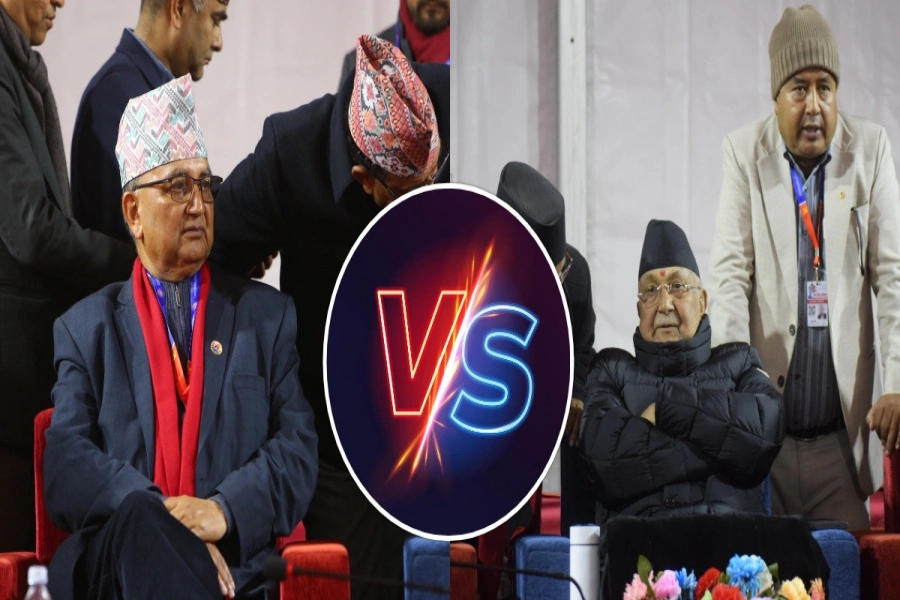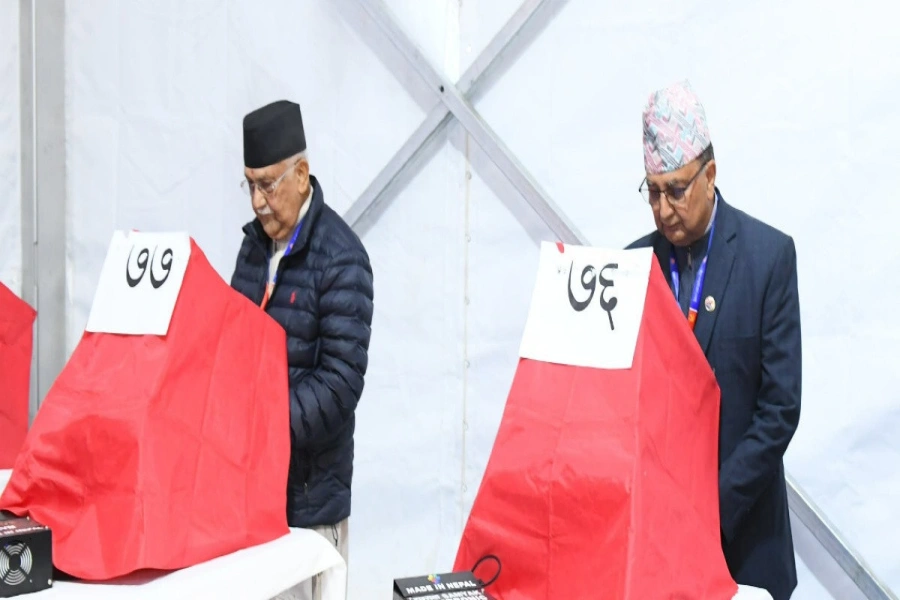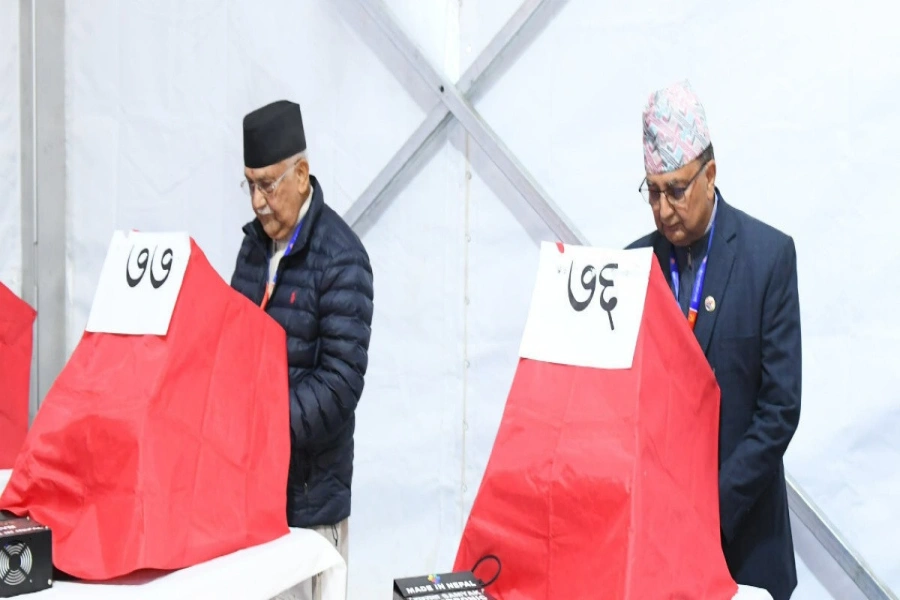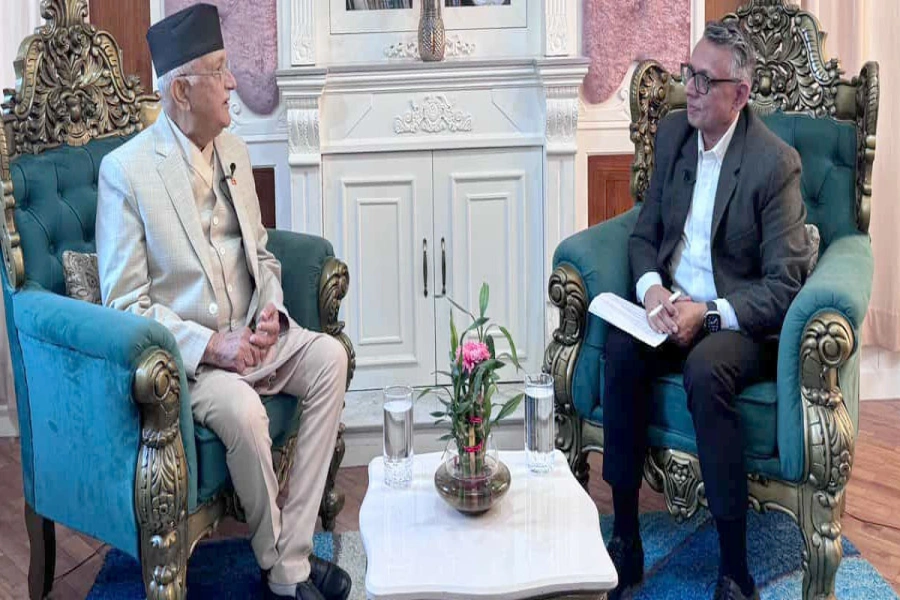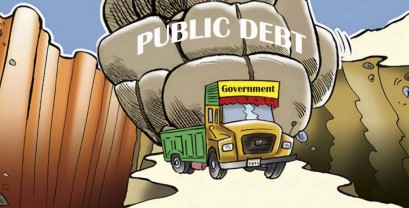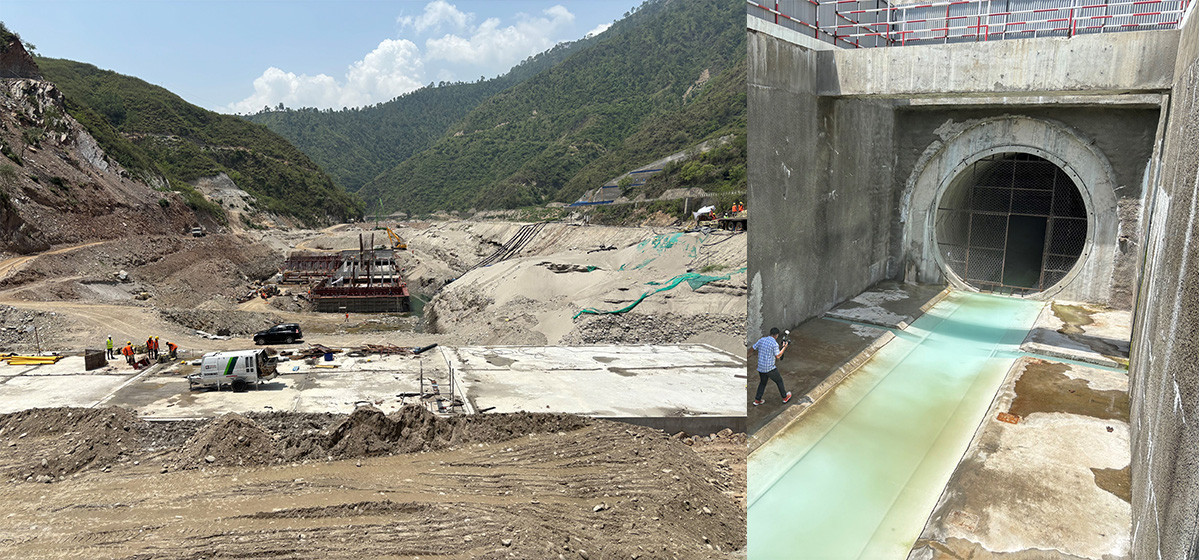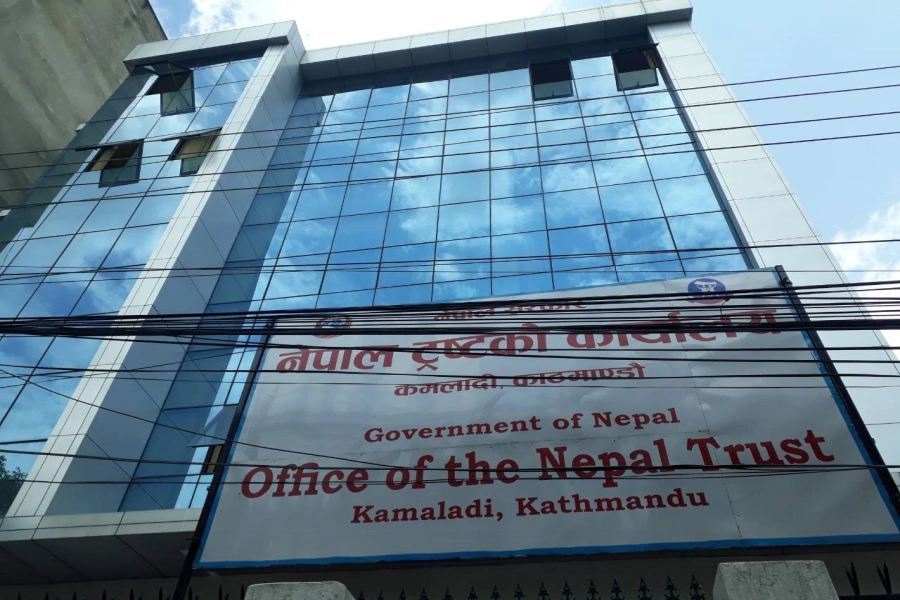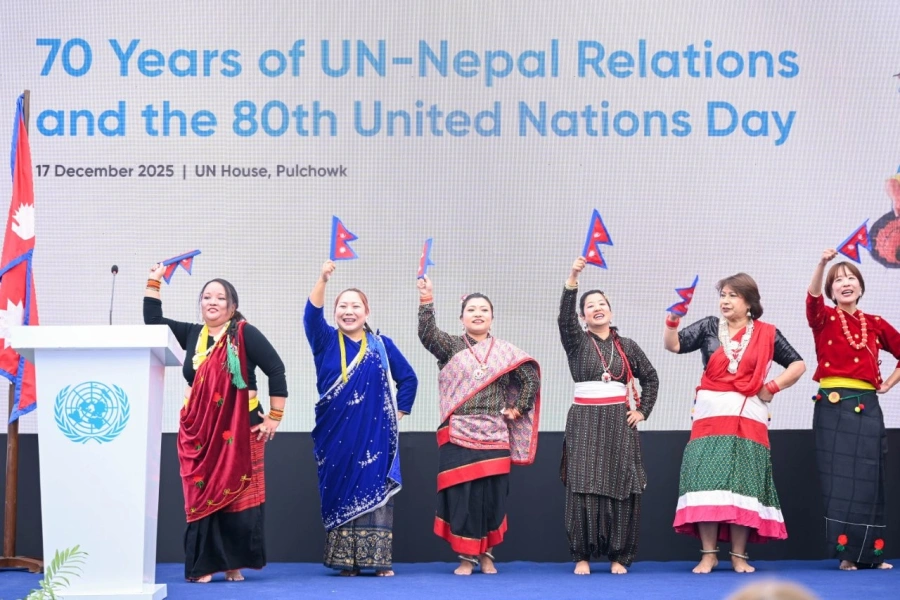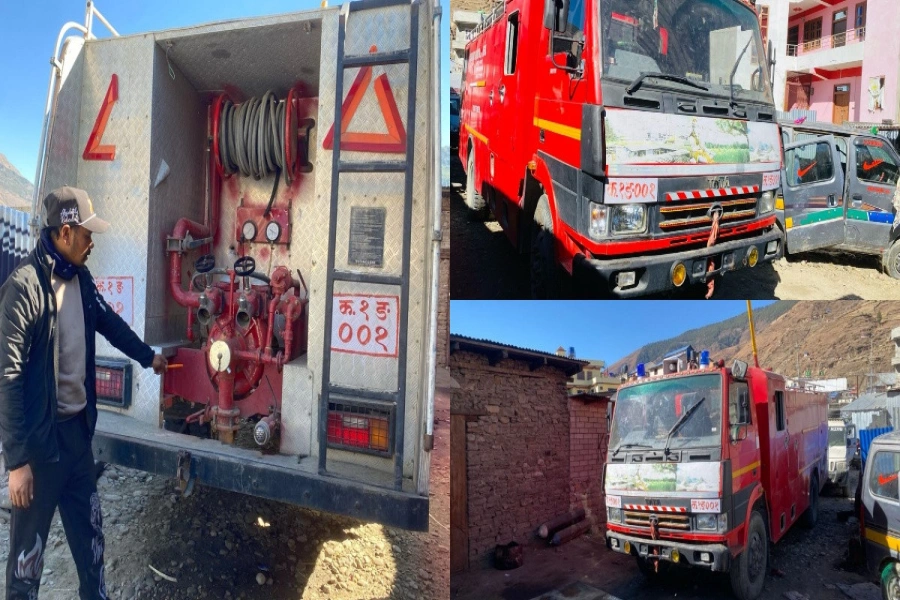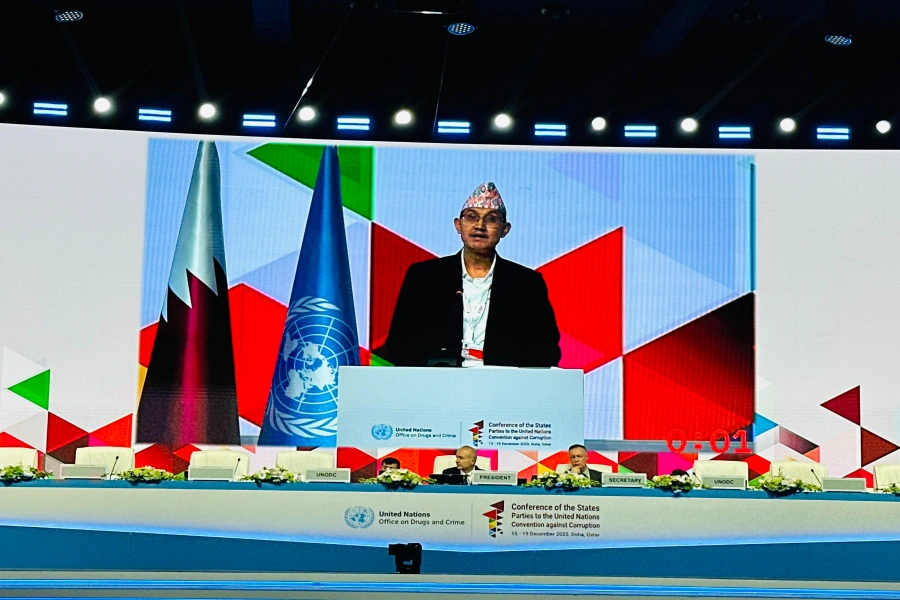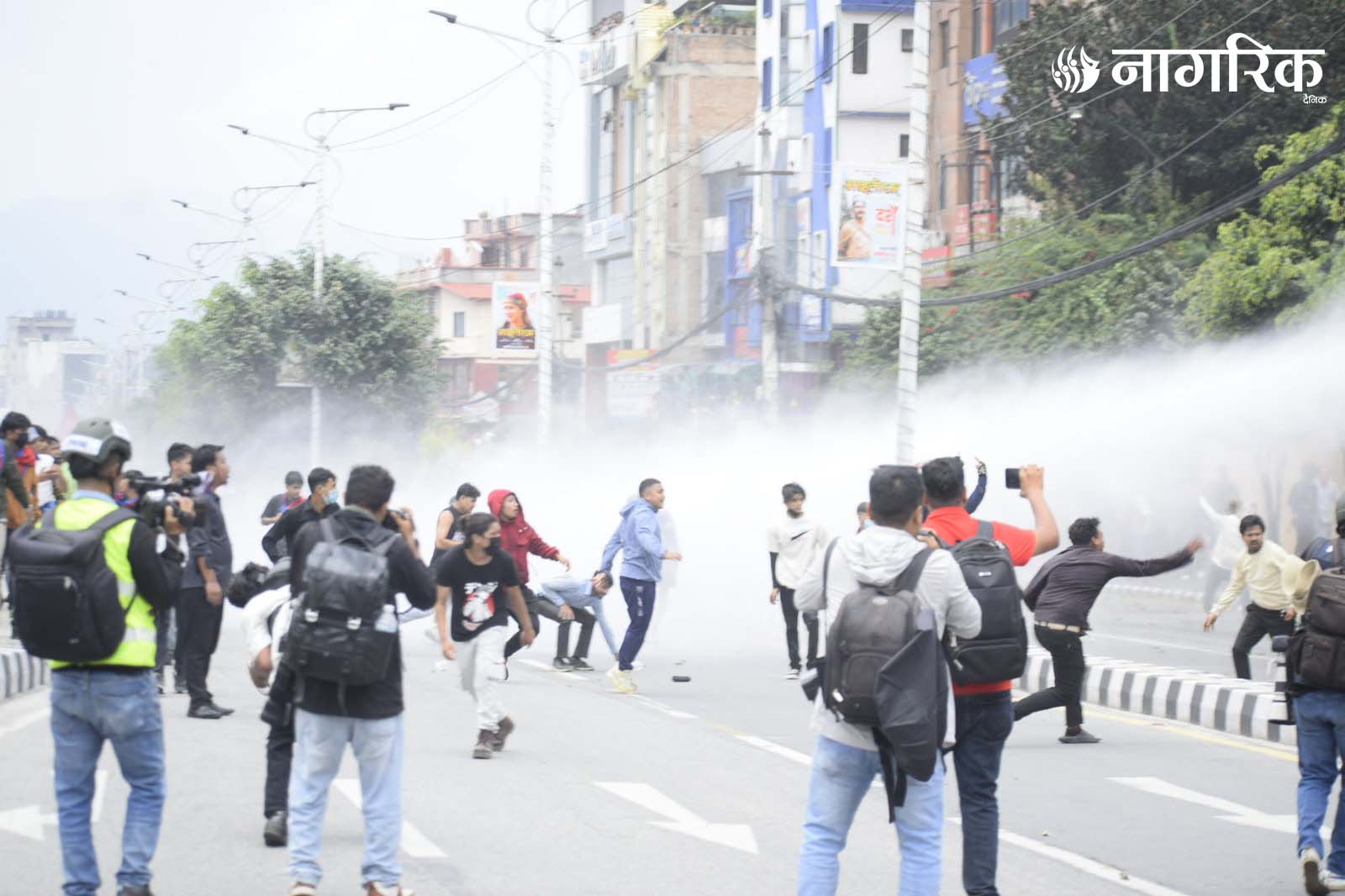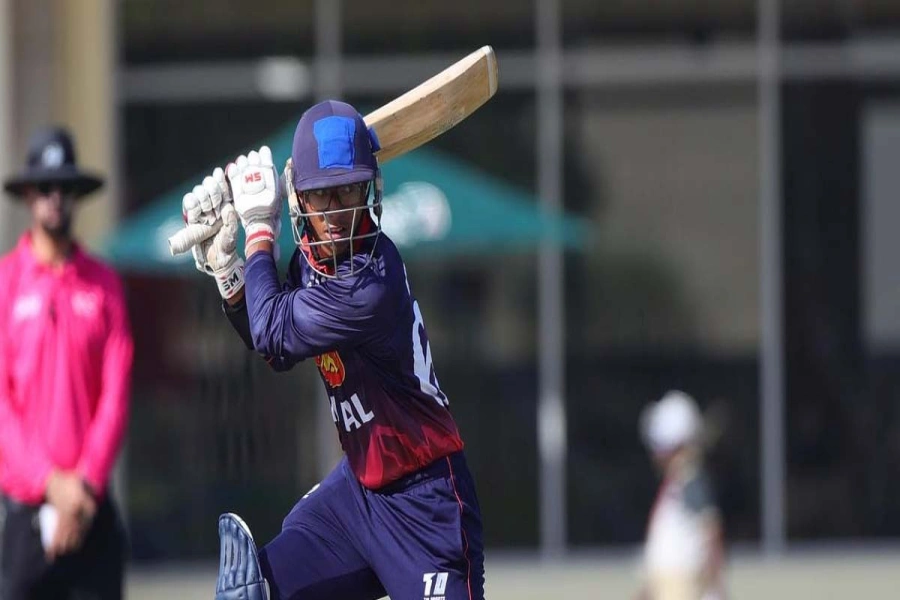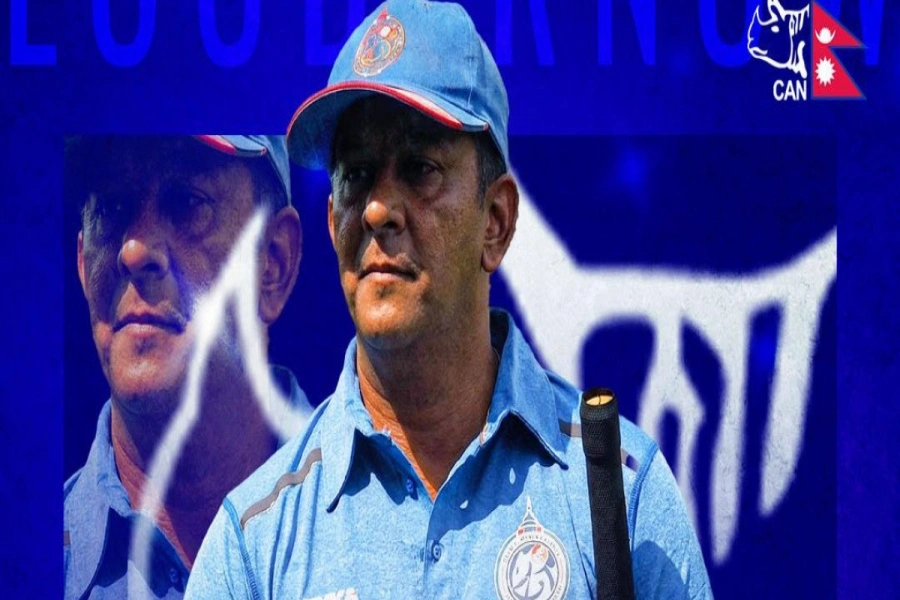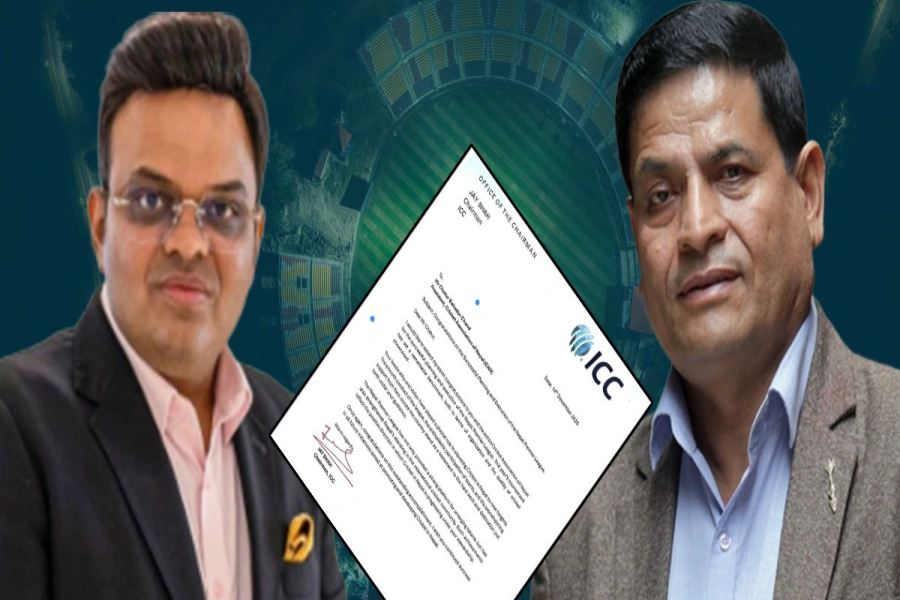A recent Melamchi water pipeline rupture in Kathmandu’s Babarmahal created chaotic scenes in the capital's busy thoroughfare. The ejected water submerged roads and nearby government and judicial buildings, compelling employees and residents to evacuate, resulting in the destruction of important records and the suspension of court hearings. A similar pipeline burst in Naya Bazaar months ago caused similar damage. Ruptures in the mains is a recurring problem in the capital city. Meanwhile, a disturbing lack of coordination and negligence among government agencies — the Nepal Electricity Authority, Department of Roads, and water supply agencies such as KUKL and Melamchi Water Supply Project — have given rise to failures of water supply measures. The latest incident of supply pipe burst is attributed to the recklessness of NEA, which was undertaking its road excavations for cable installations. The NEA’s contractor in Babarmahal damaged a 20-inch Melamchi pipe while excavating for electrical lines neglecting the GIS map, which could have displayed the pipeline’s location. Likewise, building roads during the monsoon season frequently causes negligent digging, muddy roads, and interrupted water supplies. While the public suffers, different agencies pass the buck to the other.
Undoubtedly, the Melamchi project is a significant approach to resolving Kathmandu’s water shortage. Over 20 years ago, it began with the aim of providing the city with 200 million liters of water daily from the Melamchi River. Despite huge costs and years of delays, the project remains crucial for Kathmandu residents, who cannot tolerate frequent damage to the vital project. Melamchi provides Kathmandu’s consistent water supply, replacing the city’s former dependence on ponds, rivulets, tankers, and tube wells. However, a significant amount of this water doesn’t reach homes owing to frequent pipeline failures. Collaboration among agencies is needed to tackle this issue. Road excavation must be preceded by proper pipe design and placement, guided by GIS maps. The Department of Roads, Nepal Electricity Authority, and Melamchi authorities must communicate frequently and adhere to strict safety regulations. To ensure regulations are met, monitoring teams must inspect construction sites, and organizations responsible for pipeline damage should face consequences. Despite some glitches, Melamchi is capable of supplying year-round water. According to Water Supply Minister Pradeep Yadav, a swifter response to leaks is forthcoming. However, no matter how great these plans are, they’re worthless unless acted upon.
Melamchi pipe burst in Thapathali, road blocked (In Pictures)

The people of Kathmandu can no longer tolerate this. Access to clean water is achievable if authorities discharge their duty honestly. Strong coordination among government agencies and strict oversight of projects can provide an ample supply of water to the people. The officials of the three agencies must cooperate to address all kinds of lurking problems through improved coordination. It’s time for them to resolve critical issues instead of placing blame on each other for any eventuality. Preventing pipeline bursts or electricity malfunctions due to excavations requires better coordination, detailed planning, and quality workmanship. It is important to note that projects like Melamchi are funded through a combination of taxpayer money and international assistance and should not fall victim to a lack of man-made catastrophes, as Kathmanduites depend heavily on this project for clean, safe drinking water, one of the people's fundamental rights.



